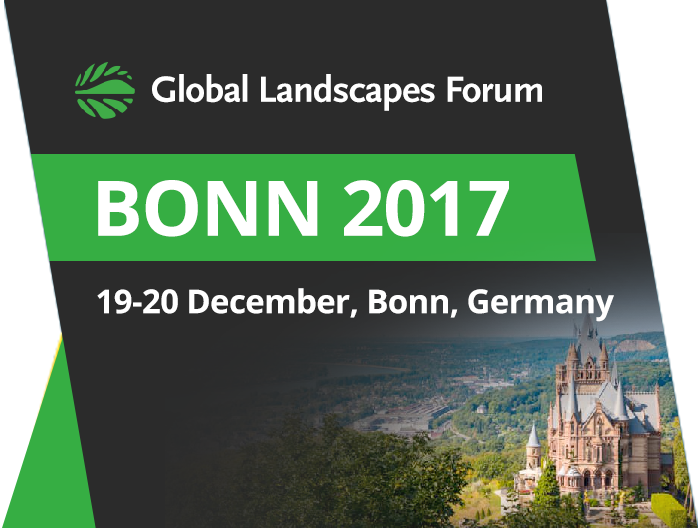A LANDSCAPE VIEW
The president’s comments were backed by Robert Nasi, Director General of the Center for International Forestry Research (CIFOR), who opened the Forum.
Nasi urged research and action at a landscape scale, simultaneously considering social, economic, cultural and environmental solutions.
“The landscape is the right unit of management,” he said. “We cannot solve problems sector by sector, we need to look at whole picture.”
Rather than forcing a narrow definition on the term ‘landscape’, Nasi said the concept is better defined by the problem an actor wants to solve, whether at the global, national or community level. This includes consideration of indigenous communities’ perspectives and traditional knowledge, he said.
“What defines a ‘landscape’ is really in the eye of the beholder. An ant will see a totally different landscape than an elephant,” he explained.
“It’s the correct unit to try to solve a given problem, but it’s not something that can be reduced to a simple definition.”
The landscape approach is the founding concept behind the Global Landscapes Forum, which engages stakeholders from a range of different sectors with interests in sustainable land use, including development and climate concerns.
The current Forum in Bonn, the seventh gathering since 2013, marks the start of a new chapter for the movement, following a recent contribution of 11 million euros from the German government. With that, GLF is now committed to at least five more years of addressing landscape issues around the world, conducted in partnership with the World Bank, CIFOR, the UN Environment Programme (UNEP), and the German government.
As Nasi summated, this new phase has invoked an urgency to ensure the ideas, discussions, and connections made during the conference’s two days extend beyond the doors of the World Conference Center venue in Bonn and manifest in concrete efforts to address and combat landscape and climate change issues.
The Bonn Forum was attended by more than 1,000 participants, ranging from national leaders like President Gurib-Fakim and Former President of Mexico Felipe Calderón to yogi-environmentalist and spiritual guide Sadhguru, as well as scientists, start-up entrepreneurs, NGO leaders, actors in the public and private sectors, and a number of students and youth, among others.
Thousands more from 114 countries tuned in online via livestream videos of the discussions, plenaries, TED-esque Landscape Talks, press conferences, and Launchpad sessions.
The myriad items on the day’s agenda revolved around the Forum’s stated five themes: landscape restoration, financing sustainable landscapes, rights and equitable development, food and livelihoods, and measuring progress toward climate change and development goals.
“The Global Landscapes Forum creates space for innovative ideas that can then be implemented on the ground,” said Barbara Hendricks, Federal Minister of German Federal Ministry for the Environment, Nature Conservation, Building and Nuclear Safety (BMUB). “The overarching goal is to learn from one another and take action together.”
